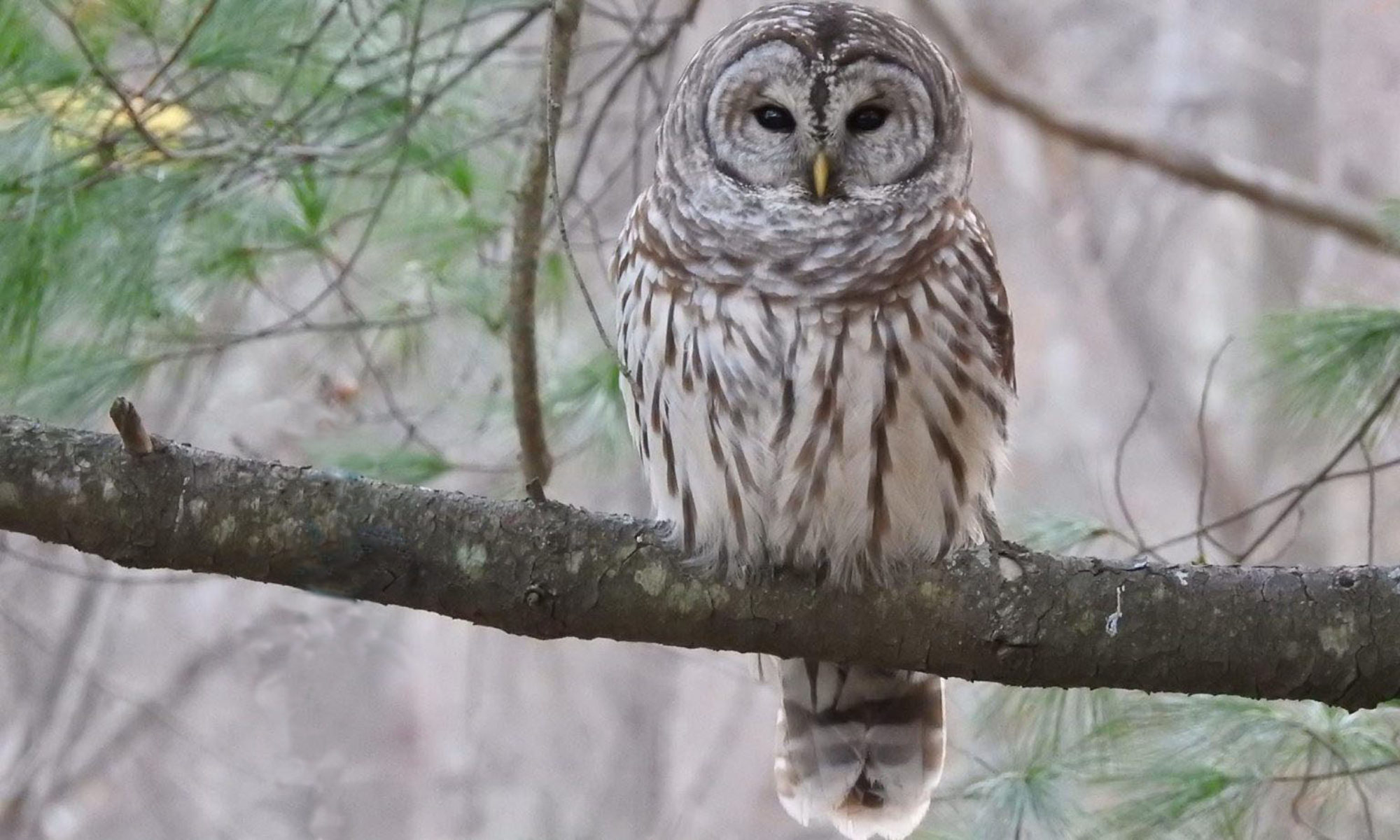I am attached to my binoculars. When I found out I had PD, I didn’t want new bins, I wanted to find a way to continue to use the old familiar binoculars that have served me well. But my hands were shaky– (shocking, right!?)–and it was getting harder and harder to use my bins without some kind of added stabilization.
No matter how good your binoculars are, tremors and shaking make these most essential birding tools frustrating at best and useless at worst. Since an investment in optics is one many of us have already made, it makes sense, at least early on, to look for an additive, not substitutive, solution to steadying the view.
Enter the monopod. More stable than shaky hands, lighter and less bulky than a tripod, and able to do double-duty (bonus!) as a walking stick, a monopod was the right equipment to match this stage of my PD progression.
Monopods were created for photographers and the setup for birders is trivial: they have standard photo mounting screws to which you affix a generic clamp or possibly one bespoke for your particular brand/model of binoculars. Some binoculars even have a mounting screw (usually up front of the bridge, sometimes covered by a plastic cap) that allows them to be solidly attached to a bracket connected to the monopod’s head. I have found in all but the windiest of weather conditions that I don’t even need to clip the bins onto the pod, it’s enough simply to rest them atop the platform, and then to lean on the whole apparatus. (Regardless of whether I clip the bins in or not, I keep their strap around my neck just in case.)
As with any piece of photography-oriented equipment, the range of options is huge and daunting. One challenge for me was in finding a monopod that was tall enough to reach my eye level (and preferably to exceed it for tilting back and looking at birds above the horizontal). Since monopods have mainly been built to photographers’ specs, extra inches were expected to be provided by a mounting head and the camera body itself, and as a result very few were designed to be tall enough for my 6’ 2” frame. With my eye level at about 68”, it took a good amount of searching to find the very few monopods out there that exceeded 60” in height. Knowing that working to maintain good posture is extremely important for those with PD, I sought the tallest monopod I could find.

Beyond height, other considerations were weight and material (the two directly related, as in carbon fiber), number of segments (i.e., how compactly it can collapse), and type of joints (flip latches, twist latches). After a lot of research online, my wife and I found ourselves looking at a small set of extra-long Manfrotto and Benro ‘pods. We settled on the Benro MAD49A. This pod has an impressive 72” maximum height and folds down to about 21”. The latter is important not just for travel, but also because I frequently find myself sitting on a bench or even in a parked car and desiring some assistance with stabilization. As to the former, those extra inches of height, when fully extended, let me scan into the treetops–depending of course on how far I am from them. With five segments of aluminum/magnesium tubing it’s certainly not the lightest pod one can buy (weighing in at almost two pounds) but it feels exceptionally sturdy, and it seems to me the mass of the monopod helps serve as a damper to the antagonizing small shaking movements in my hands. The flip-locks make it easy to open, close, and adjust the extension of the monopod, even for noncompliant fingers. With this rig, my binocular clamp remains constantly screwed onto the monopod, but I attach the binoculars only when necessary (i.e., in gusty winds).
So far, so good…
